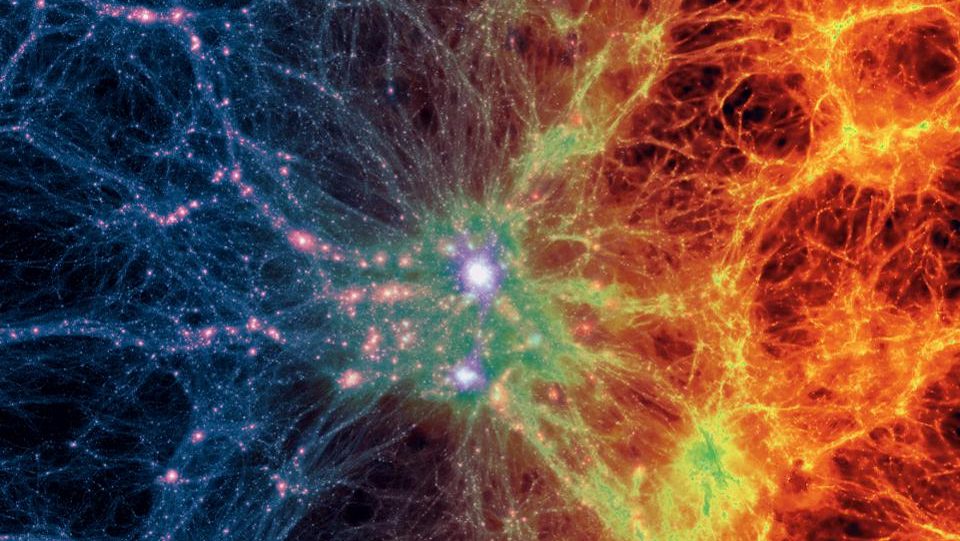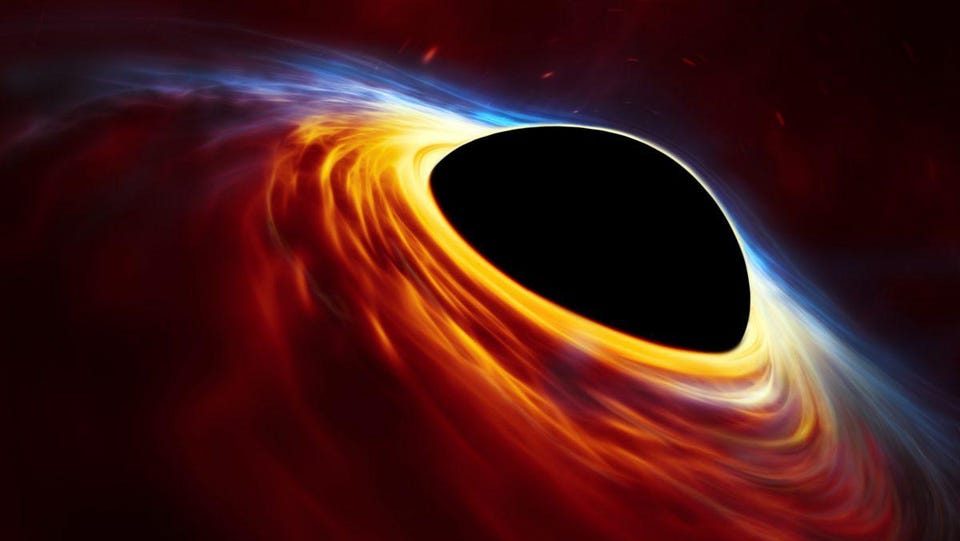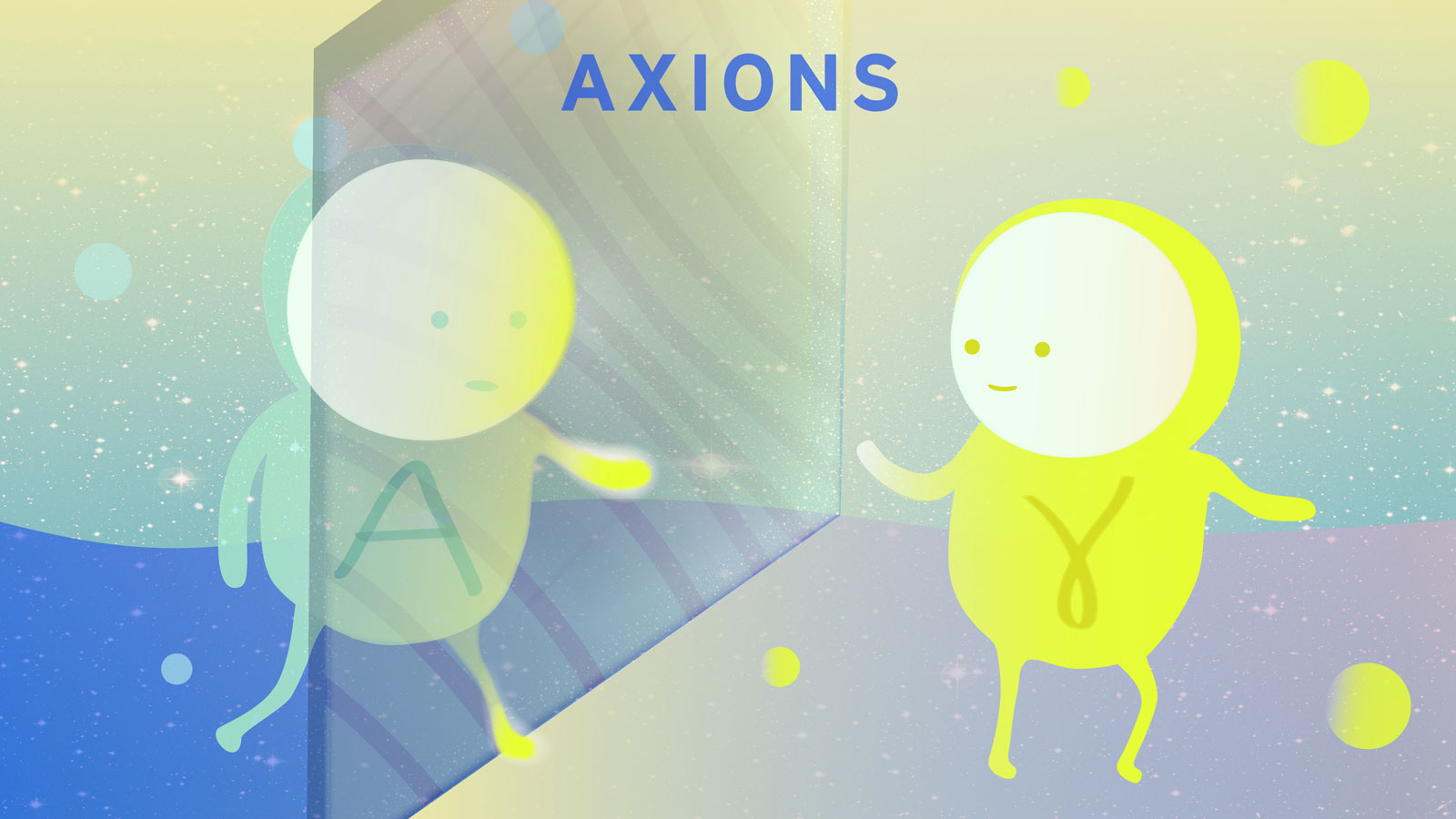Ask Ethan: Do binary stars prove modified gravity?
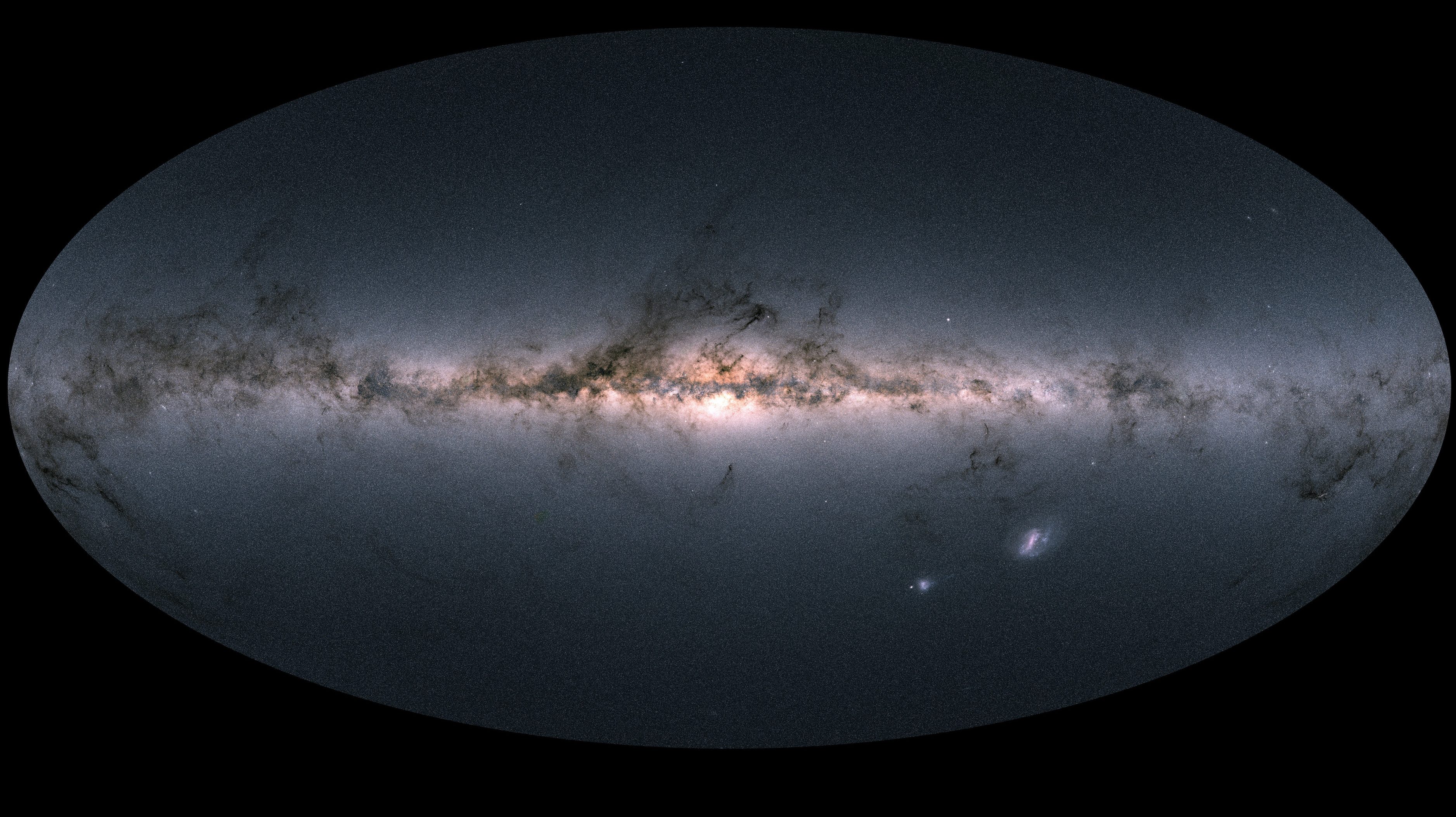
- Since it was first proposed in 1915, Einstein’s General Relativity has been challenged hundreds of times, but has always emerged victorious.
- However, on cosmic scales, it seems to require ingredients, like dark matter and dark energy, that don’t play major roles on scales of individual star systems and below.
- However, a dark matter competitor that modifies gravity, MOND, makes interesting predictions for deviations from Einstein’s gravity on stellar scales. Have we just seen them for the first time?
One of the most bizarre and puzzling aspects of nature is the existence of dark matter: a massive species of particle whose effects are easily seen but has eluded every attempt at direct detection thus far. The cosmic need for dark matter is undeniable, although many hold out hope that perhaps a different tactic — adding a modification to the laws of gravity — will lead to an alternative solution that does away with dark matter and supersedes Einstein’s General Relativity all at once. All efforts to modify gravity run into enormous difficulties on cosmic scales, but one specific modification, despite its large-scale cosmic failures, has proven itself more successful than dark matter on galactic scales: MOND, or MOdified Newtonian Dynamics.
Recently, a new paper has come out claiming that, by leveraging data from the ESA’s Gaia spacecraft on wide binary stars, the author has shown that traditional gravity, as described by Einstein and Newton, is insufficient to explain the observed accelerations within these systems. Instead, the author contends, they favor MOND, and specifically a 1984 interpretation of MOND known as AQUAL. Have these interpretations falsified dark matter, or demonstrated that MOND is actually correct for these systems? That’s the question on the mind of many this week, including John Waterhouse, who asks,
“What do you make of the paper in The Astrophysical Journal on 24 July by Kyu-Hyun Chae on weak gravitational acceleration in wide binaries providing evidence for MOND to a five sigma standard?”
The quick answer is that this result is a confluence of three things: good science, bad science, and the ugly state of science news. Let’s look at what’s truly going on here.

Good science
One of the most remarkable space science missions that most people have never heard of is Gaia: a mission by the European Space Agency to map out the three-dimensional positions and motions of more stars in the galaxy than ever before. Gaia, from its location in space, is free from the distortive effects of Earth’s atmosphere. As it orbits the Sun from the Earth’s L2 Lagrange point, 1.5 million kilometers from Earth (the same location as JWST), it changes position significantly throughout the year: by over 300 million kilometers (186 million miles). Each one of its target stars, of which there are nearly 2 billion, gets monitored for position, distance, movement, and brightness about 14 times every year.
These measurements enable us to measure how the nearest and brightest stars in the Milky Way, down to a visual magnitude about 100 million times fainter than the human eye can see, move relative to one another (and relative to us) over several years. This enables astronomers to determine their three-dimensional positions, their distances from us (through parallax), and their three-dimensional instantaneous motions to greater precision than ever before. The Gaia mission is truly a treasure trove of data, and it enables many types of stellar-and-galactic-scale science that we’ve never been able to do before.
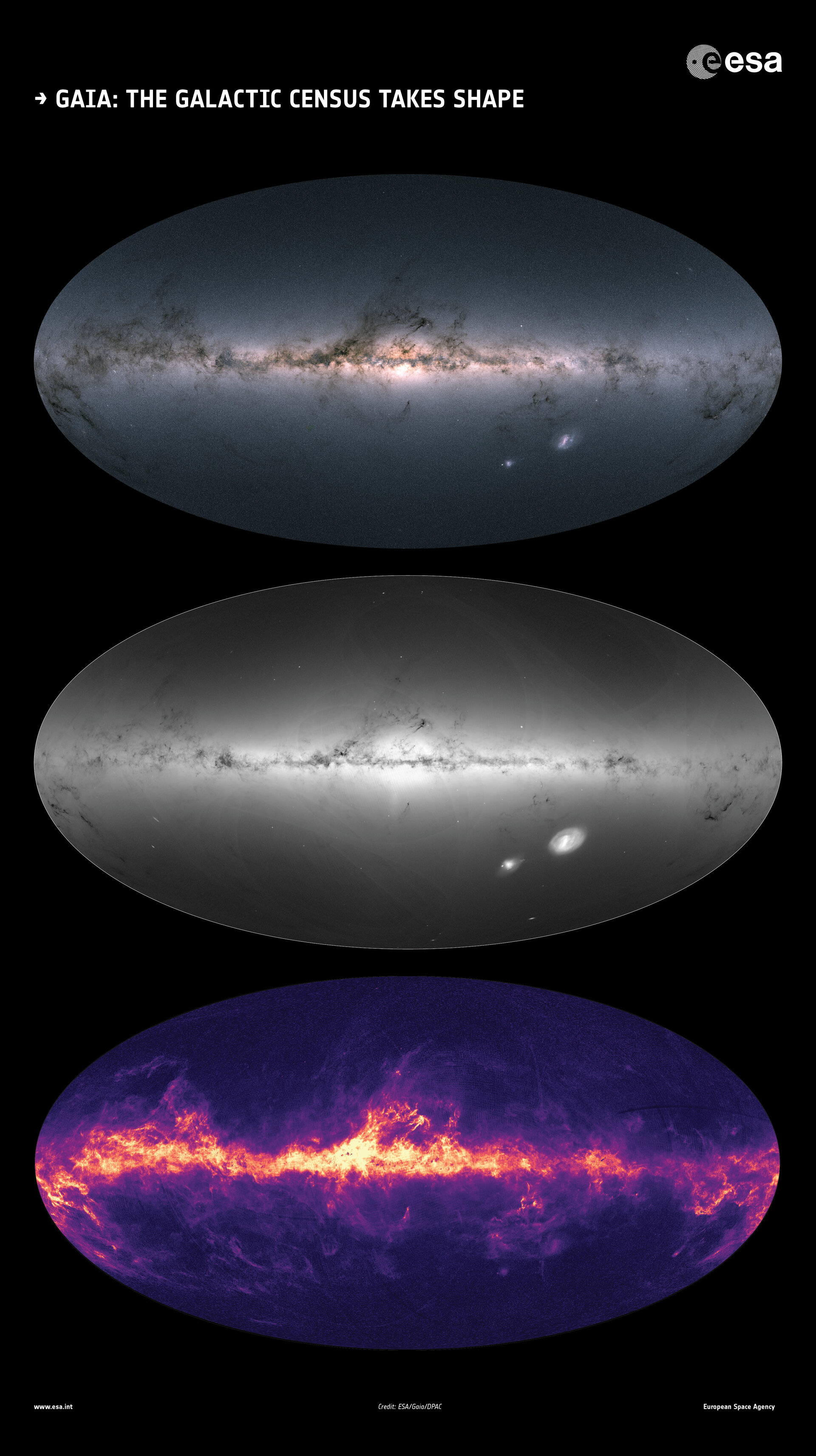
One interesting test for gravity is in a regime very difficult to find in our Solar System: where accelerations are extremely small. If you remember Newton’s Law of universal gravitation, which states that objects attract one another with forces that are directly proportional to their masses but inversely proportional to the distance-squared between them, and also Newton’s other more famous law, F = ma, you’ll realize that at very large distances away from a mass, you expect to encounter small accelerations.
In Newton’s (and Einstein’s) gravity, there’s no limit to how small an acceleration can get. However, the specific modification to gravity that MOND makes is that at very low accelerations, the predicted Newtonian value gets replaced by a mix of the Newtonian value with a flat, positive, non-zero value for acceleration: a value that kicks in at about ~10-10 m/s².
Looking at systems like planets orbiting the Sun, moons orbiting planets, or even spacecraft leaving the Solar System are all unable to probe down to these low values of accelerations. However, larger cosmic scales, such as on the outskirts of galaxies or between stars that are actually gravitationally bound but are separated by great distances — the so-called “wide binary stars” — offer a chance to test MOND versus standard gravity directly. With the Gaia data we’re now obtaining, the latter of these tests, which many have looked forward to for over a decade, are finally becoming possible with actual data.

Previous studies, using Gaia and earlier data, have shown that binary stars that are separated by a specific amount — with revolutionary periods of a few hundred years or less — do obey Newton’s and Einstein’s laws: they orbit one another as you’d expect them to. When wide binaries with separations from 2,000 AU (where 1 AU is the Earth-Sun distance) out to 30,000 AU (about half a light-year) are considered, and only the nearest stars (within about ~1,000 light-years) are considered, the latest Gaia data indicates that Newtonian-like gravity is completely sufficient, and that the MOND-like behavior, which should take over in the low acceleration regime if the idea is correct, is absent. It’s absent, in fact, at the ~16-sigma level: a tremendous significance.
However, the paper that’s been getting the recent publicity, by Kyu-Hyun Chae in The Astrophysical Journal, is one of two wide binary studies (with the other by Xavier Hernandez in Monthly Notices of the Royal Astronomical Society) that draws the opposite conclusion: claiming to see a better agreement with MOND than with Newtonian gravity, and at just over 5-sigma significance.
One thing that’s important to note is that Chae and Hernandez select their samples differently from one another and from Banik (who led the earlier study that showed no deviation from Newtonian behavior), and that’s likely the reason why they draw radically different conclusions. Some differences are that:
- Chae uses samples that go all the way out to ~30,000 AU, but go inward to very short separations: where the binaries aren’t wide by nature.
- Both Chae and Banik have samples that not only include binary stars, but also triple (and greater) systems, whereas Hernandez focuses only on pristine samples: wide binaries that are well-characterized.
- Chae’s has the greatest number of systems considered, while Hernandez’s has the fewest.
There’s a lot of science to unpack, but these studies are all interesting to people who care about the details of wide binaries and what the Gaia data has to say about them.
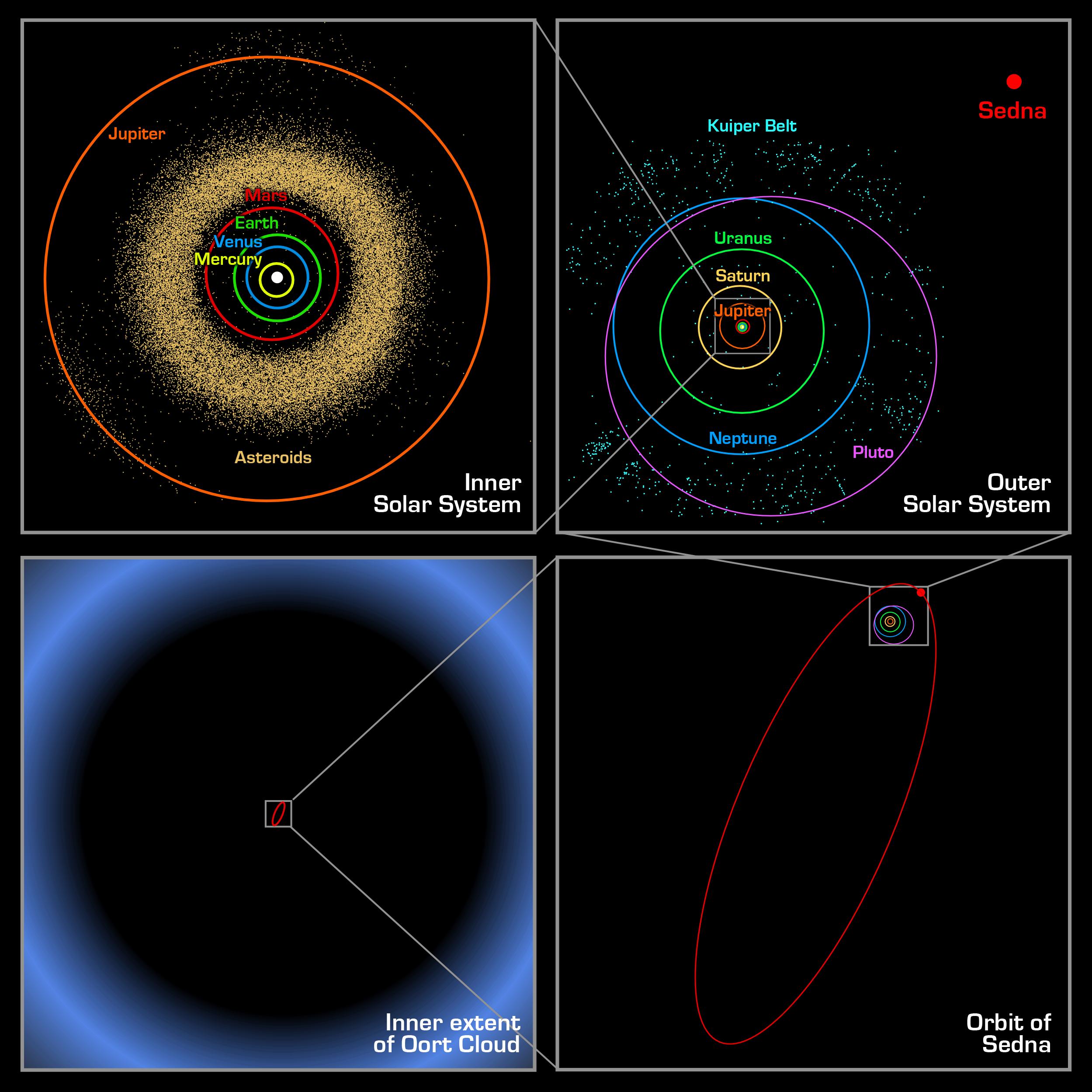
Bad science
The problem that all of these studies face is that although Gaia data may be the absolute best thing that we have for the systems we’re trying to measure, the data itself is still extremely limited in a number of very important ways.
One important limitation is simply that of observing time. If you look at our own Solar System, for instance, you can tell whether an object is within the inner Solar System, a member of the Kuiper belt, or is even farther out (in the Oort cloud, for example, assuming we could measure objects that far away) simply by tracking its motion over time. Measure it today, measure it tomorrow, measure it six months from now, etc., and you’ll be able to reconstruct a part of its orbit: eventually, you’ll have enough data to characterize its entire past-and-future trajectory.
It takes about two-to-four years of high-quality data, today, to characterize the orbit of a typical object in our Kuiper belt: an object with a several hundred year orbit. For the wide binary stars in the Gaia catalog, although we have several years of data, it would literally require centuries or even millennia of data to make the same precision characterization of their orbits. As it turns out, there isn’t even one single system among the Gaia wide binaries that we can point to and say, confidently, “This is what the long-term orbit of this system looks like.”

In order to make use of the Gaia data for these purposes, then, what one must do is “stack” together large numbers of these wide binary systems — hundreds or even thousands of them — and analyze the data from them, cumulatively, to try and tease out the effects of gravity, determining whether it’s Newtonian or not. As with all aspects of observational astronomy, especially where a class of systems is being observed in a new regime for the first time, it’s difficult to fully appreciate your uncertainties, and therefore, to quantify your errors.
“How could different teams look at the same set of data, and, with extreme confidence (one at 5+ sigma and one at 16-sigma), draw opposite conclusions from one another about the law of gravity that best describes them?”
It’s not that someone is definitively right and someone is definitively wrong; it’s that there are assumptions that go into choosing and analyzing the data, and simply by making different assumptions (and not quantifying the associated errors that come along with making them), you can wind up drawing vastly different conclusions. This problem will always plague an observational science like astronomy, and is almost certainly the culprit behind another wild, dubious assertion that was made in 2023: that black holes are the cause of the dark energy in our Universe.
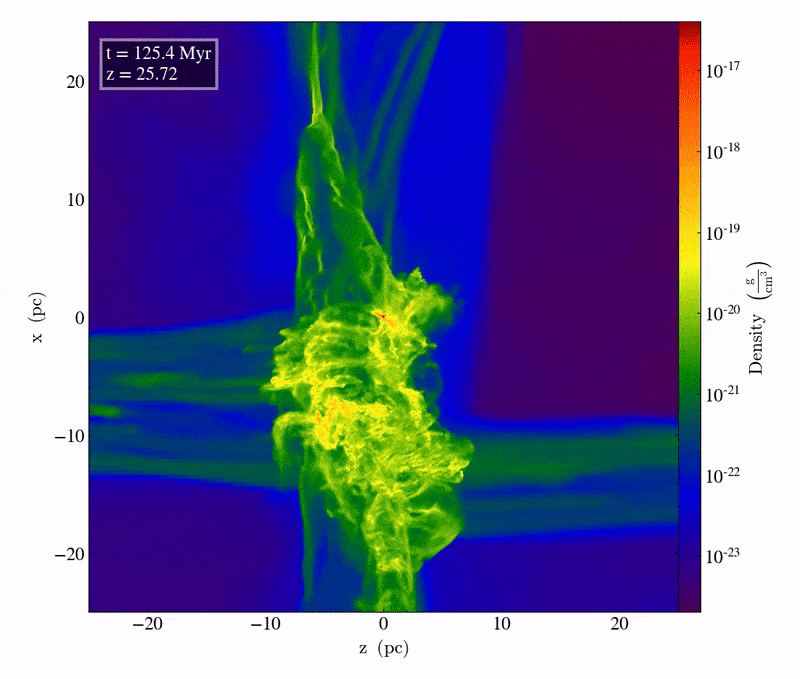
Here are some things that you, or any onlooker, should consider about the wide binaries that are used in these studies.
- What percentage of these stars are not, in fact, gravitationally bound together, but are either being destroyed by tidal interactions from within the Milky Way or are merely chance alignments of stars that are gravitationally influencing one another? If the answer is anything other than “0%,” that will bias your answer, and if different studies include different percentages, you would expect them to draw vastly different conclusions.
- What percentage of these systems aren’t, in fact, binary systems, but possess three or more stars within them? Although some hope that properly discerning binaries from more-than-binary systems will resolve the discrepancies between the different teams, that’s only one potential source of error.
- As we go to very wide separations, even if your binary stars remain gravitationally bound, how are their accelerations influenced by both the presence of potentially massive Oort clouds (especially if the stars are young and massive) and by the background density of dark-and-normal matter that permeates the Milky Way? The assumption is “not at all,” but that may not be correct.
How you select your sample, what sort of contaminants are at play, how you calibrate your data, and many other “choices” that one can make will determine what sort of conclusion you draw. These are the “weeds” that the entire community needs to sift through in order to arrive at a reliable, robust result, and those issues are anything but settled right now.

The ugly state of science news
Chae’s paper was published on July 24, 2023, in The Astrophysical Journal. Like most new studies done scrupulously, by a professional, and with cutting-edge data, it deserved to be published and deserved to pass peer review; it will no doubt be an important component of the literature on wide binary star systems, as measured with Gaia, to try and determine what sort of gravitational behavior these systems exhibit at large separation distances.
But that won’t be what you read anywhere (except here) if you’re a member of the general public. There’s a reason for that: this paper wasn’t noticed by anyone in the popular media until, on August 8th, 2023, news aggregator site Phys.org published a reprint of Sejong University’s (Chae’s home University) uncritical and fawning press release associated with Chae’s paper, entitled: “Smoking-gun evidence for modified gravity at low acceleration from Gaia observations of wide binary stars.”
Inside that press release, a grand total of five scientist’s names were dropped:
- Kyu-Hyun Chae, who did this particular research,
- Mordehai (Moti) Milgrom, who founded the MOND framework over 40 years ago and has devoted his life to working on this dark matter alternative,
- Jakob Bekenstein, who worked with Milgrom to found AQUAL and worked mainly on alternatives to Einstein’s General Relativity (such as TeVeS) until he died,
- Xavier Hernandez, the author of the only other paper on Gaia and wide binaries to draw the same conclusions as Chae,
- and Pavel Kroupa, who never misses an opportunity to declare, as he has continuously done for over 15 years, that the dark matter hypothesis has been falsified by whatever [insert dubious evidence] happens to be in the news.
It is as one-sided and sensationalist a presentation as one could concoct, and is often the sole source cited in the write-ups of this story you can find all around the internet.
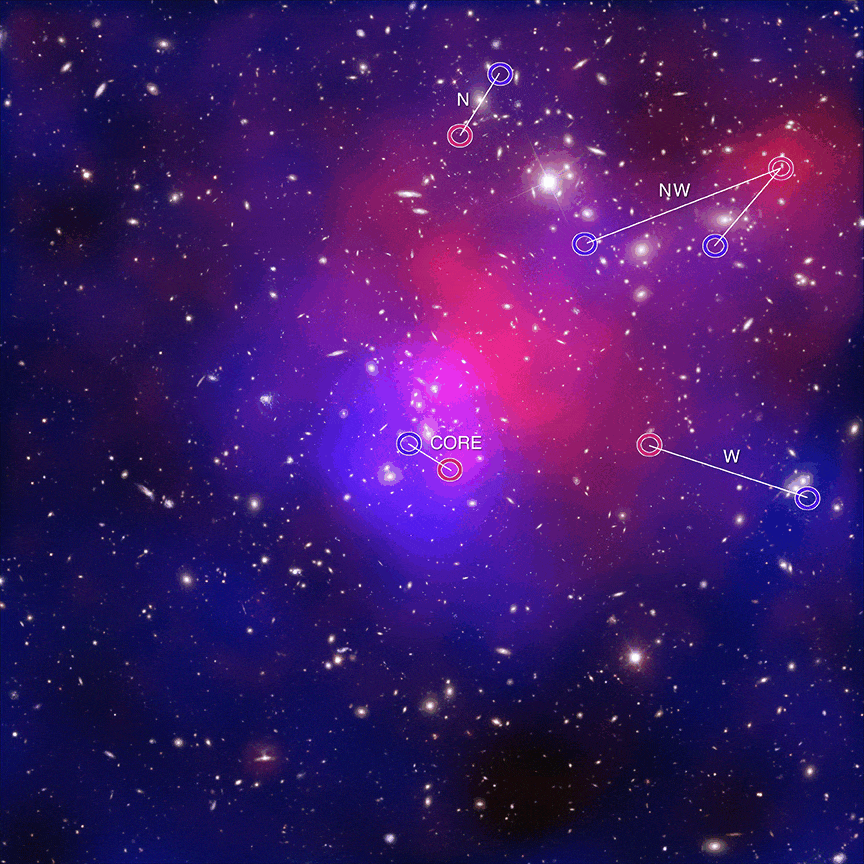
And yet, the questions that everyone should be asking — questions like “What is true?” and “What do we know?” and “How do we know it?” and “How will we truly decide the critical issue?” — are nowhere to be found. Questions about context, such as “How does this new information fit into the rich tapestry of scientific information we have about the Universe,” are not addressed. It’s as though we want the fantastic to be true so vigorously, that we want to overthrow the consensus picture of the Universe so strongly, that we’ll give our attention and credence to any claim that purports to do so, irrespective of what’s actually true or how strong the evidence for it is.
Being honest about science communication, in any field, is an uphill battle in this day and age. Already in 2023, just in the physical and astrophysical sciences, we’ve had wild claims that:
- LK-99 is a world-changing superconductor (it is not),
- the Universe isn’t 13.8 but is rather 26.7 billion years old (it is not),
- time ran more slowly in the early Universe (it did not),
- we’ve recovered alien technology from the ocean floor (no we have not),
- the Universe isn’t actually expanding (yes it is),
- JWST’s early, massive galaxies contradict the Big Bang (no they don’t),
- gravitational lensing has revealed a wave-like nature to dark matter (no it didn’t),
- theories of everything are a good way to explain the Universe (no they aren’t),
- our Universe is made of pure mathematics (completely untrue),
- dark energy could be eliminated by reinterpreting our data (no it cannot be),
- we see evidence of a previous cycle of a bouncing Universe in the sky (no we don’t),
- black holes are the cause of dark energy (no they aren’t),
- and that we’ve found the very first stars ever to form in the Universe (no we haven’t).
These are 13 separate claims (14, if you include this one about wide binaries and modified gravity) that have made headlines already so far in 2023, just in the fields of physics and astronomy, that I have personally put my own efforts into debunking, with more than 4½ months still remaining in the year. By no means is this a comprehensive list.

As a species, collectively, we have to demand better. It must no longer be acceptable to have headlines that declare, “[Reputable-sounding source] claims [wildly untrue thing],” without an actual analysis of what is and isn’t true. We mustn’t allow ourselves to be swayed by partial, incomplete, or patently untrue information when there’s a tremendous actual story of what we do know backed up by an enormous suite of evidence. The simple act of asking the question, “What is true?” followed by a thorough exploration of the actual, relevant facts, can be so much more illuminating and fulfilling than any half-baked half-truth could ever be.
With that said, yes, it will be interesting and informative when we can completely and properly characterize the behavior of orbiting, gravitationally bound systems at all distances. It will be a fascinating thing to learn about the Universe: about where the known laws of gravity hold and where — if anywhere — they break down. But in order to get to that point, we’ll need better data that covers significantly longer baselines in time, at higher precisions, for many different systems; the information we have today is not strong enough to justify any conclusions about whether wide binaries support or contradict a Newtonian or MONDian view of the Universe. After all, in the end, the only answers of value arise from what the Universe tells us about itself.
Send in your Ask Ethan questions to startswithabang at gmail dot com!

